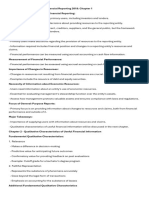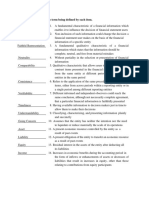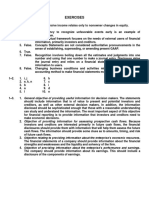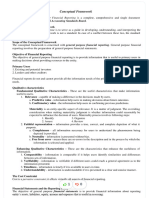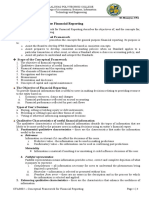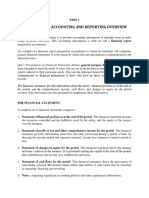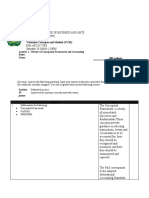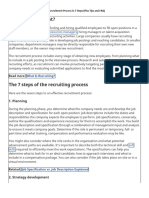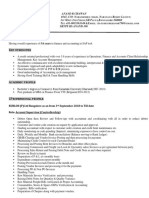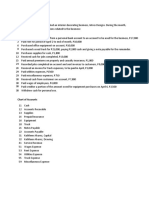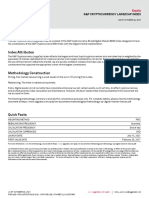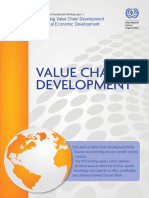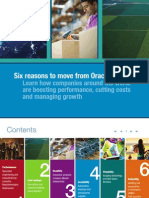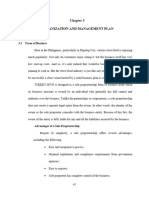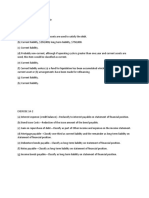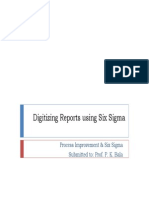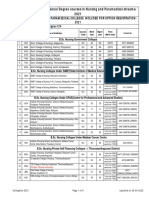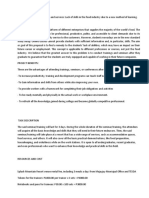0% found this document useful (0 votes)
8 views4 pagesCfas
Financial reporting provides essential information such as a business's financial position, performance, cash flow, and changes in equity, which help users assess liquidity, stability, and profitability. The two fundamental qualitative characteristics of useful financial information are relevance, which influences decision-making, and faithful representation, which ensures accuracy and completeness. Enhancing qualitative characteristics like comparability, verifiability, timeliness, and understandability further improve the usefulness of financial reports for users.
Uploaded by
andresjanella407Copyright
© © All Rights Reserved
We take content rights seriously. If you suspect this is your content, claim it here.
Available Formats
Download as DOCX, PDF, TXT or read online on Scribd
0% found this document useful (0 votes)
8 views4 pagesCfas
Financial reporting provides essential information such as a business's financial position, performance, cash flow, and changes in equity, which help users assess liquidity, stability, and profitability. The two fundamental qualitative characteristics of useful financial information are relevance, which influences decision-making, and faithful representation, which ensures accuracy and completeness. Enhancing qualitative characteristics like comparability, verifiability, timeliness, and understandability further improve the usefulness of financial reports for users.
Uploaded by
andresjanella407Copyright
© © All Rights Reserved
We take content rights seriously. If you suspect this is your content, claim it here.
Available Formats
Download as DOCX, PDF, TXT or read online on Scribd
/ 4










